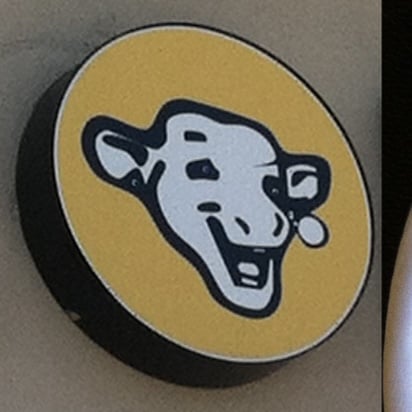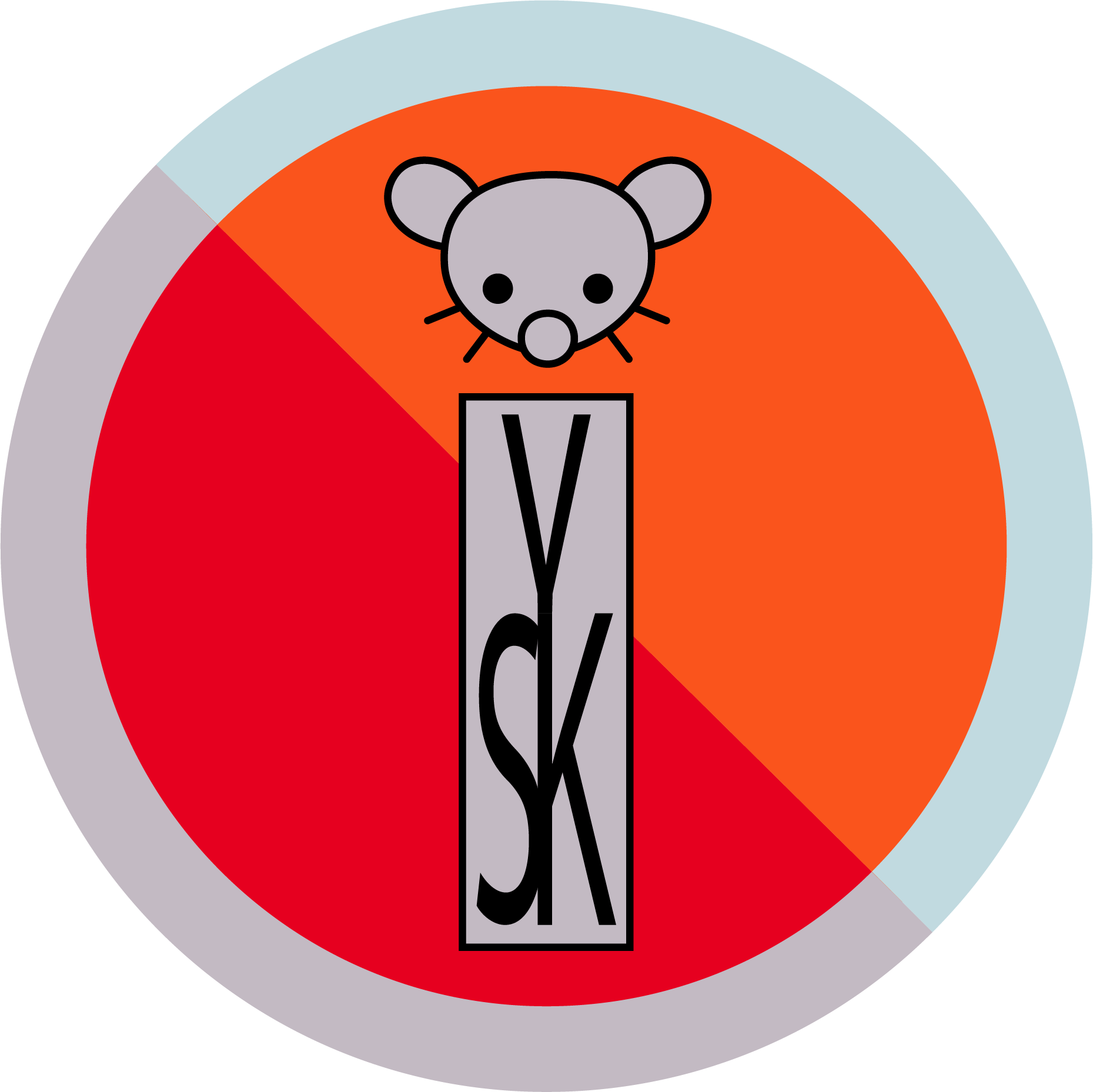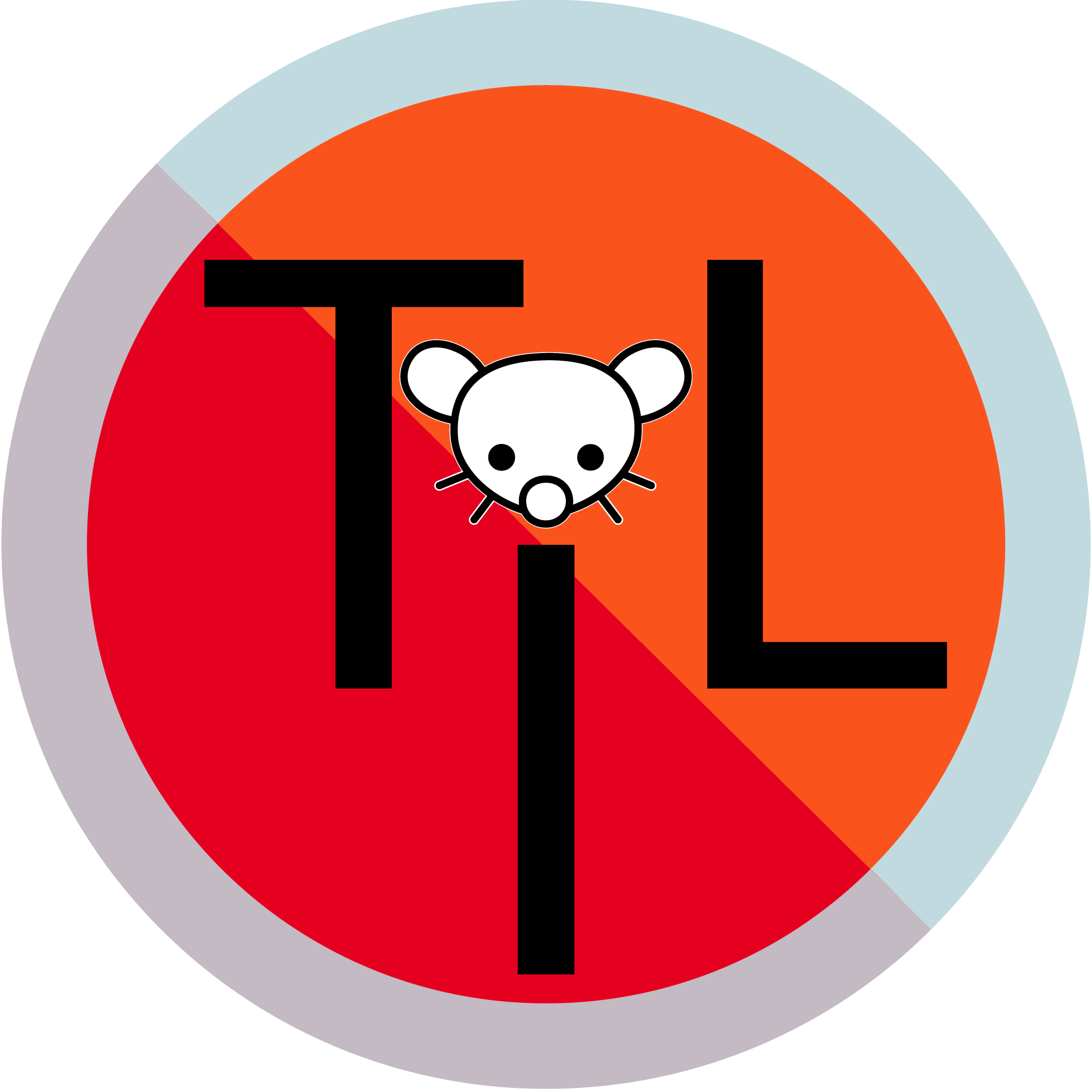

I think it depends how your current files are organized. The arrs require a certain level of organization and naming to do a library import, they also want you to keep your downloads and your library copy as different folders but in a way that hopefully supports hardlinks so you don’t take up twice the space. ‘Trash guides’ is a great place to look at for getting started and they have an unraid guide as well.
The servarr (radarr, lidarr, readarr), sonarr, and trash guides discords are also really helpful if you don’t object to using discord.
If all your current files are still in the “download” folder, you could probably setup the arrs and qbit as recommended in the guides and then work your way through importing them to the arrs from the activity queue.






If they’re organized you can do library imports, after setting up the arrs for the most part. For example your movies folder would need to have a folder per movie named like ‘Movie Title (year)’ at a minimum and then contain the movie…just make sure what you’re seeding in qbit is not the same folder, but you can use hardlinks to keep seeding how qbit wants it while allowing the arrs to keep its copy nice and clean.
I’m pretty sure you can do a library import after you setup the arrs and use them for a while, you just need to utilize categories is qbit so the arrs only look at their specific category.
Read through their wiki getting started and faq and check out the trash guides.